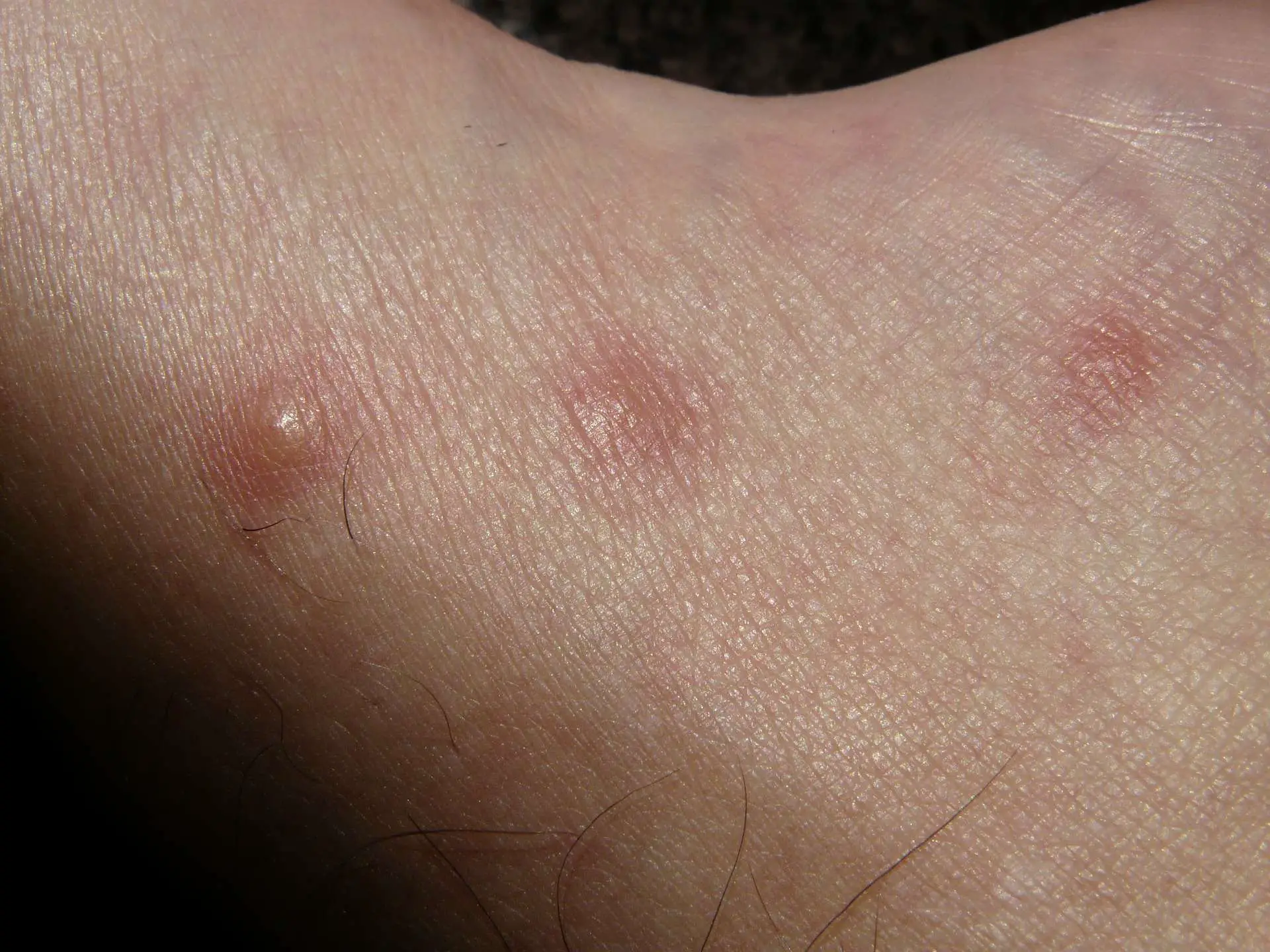One of the peskiest flying creatures in the coastal regions of Georgia, South Carolina, and North Carolina is the sandfly. The tiny bugs pack a power punch to unsuspecting people spending time in the outdoors. Humans fall victim to sandfly bites during particular times of the year. In addition to being called sand flies, they also go by gnats, no-see-um, biting midges, and more. Here is what you need to know about beach sand fly bites.
Where Are Sand Flies Located
In the southern regions of the United States, sandflies are present up to thirty miles inshore of the Atlantic ocean through North Carolina, South Carolina, and Georgia.
However, in addition to the southeastern United States, sandflies are widely distributed throughout the world. It is believed that over 700 varieties exist.
Throughout the coastal regions of the southeast you will encounter biting gnats in Georgia, biting flies South Carolina, and the same flying creatures in North Carolina.
How Do Sand Flies Bite
Mosquitos and gnats bite in different fashions. While each causes a reaction to the skin of humans, the method of extracting blood differs.
A mosquito utilizes a sharp point on the mouth to draw blood. In comparison, the sandflies’ mouth is equipped with cutters. The cutters saw through the skin until blood begins to flow. Once the blood flows, an anti-clotting substance is released onto the wound to reduce the clotting rate. Reducing clotting speed increases the amount of blood consumed by the gnat.
While sandflies bites are not painful, sand gnats bites occur in rapid fashion because the insects travel in large groups. It is not uncommon to be swatting 10 or more biting gnats simultaneously.
How Do You Treat Sand Fly Bites
Sandfly bites are small red dots scattered about the skin. The face, neck, arms, legs, and scalp are susceptible to bites. Unfortunately, multiple gnats bite frequently at the same time.
In short order, after a bite, the red dots emerge and become itchy. The itch is best controlled by cortisone cream or ice packs applied directly to the affected area. Avoid scratching the bites to help reduce the risk of infection. In some cases, the red dots turn to blisters as the healing process evolves.
How Long Do Sand Fly Bites Last
The effects of a sandfly bite most typically last between days and weeks because of the formation of a blister. Reducing and eliminating frequent itching of the affected skin will reduce the time required for the bite to heal.
When asked how long do sandfly bites last, frequent itching causes the affected location to open. The open wound is prone to infection, in addition to delaying the healing process. Avoid removing the skin by over itching where the gnat made contact with the skin.
What Seasons Are Sandflies Most Prevalent
The inundation of sandflies affecting humans through North Carolina, South Carolina, and Georgia is highly seasonal.
The peak activity is during the spring and the fall. Gnats are most active when temperatures range between seventy and eighty degrees. As temperatures climb above the eighty-degree mark, the infestation turns off like a light switch. Expect to encounter sandflies from March through May and again between October and December.
When planning a beach trip know that sand gnats Tybee Island will be bad in the early spring and late fall. As you move farther north the sand flies South Carolina and sand flies North Carolina will become more prevalent later in the spring and earlier in the fall. The reason for the slight change in the most active season is that the air temperatures remain cooler in these two states because they are further north than Georgia.
Do your best to avoid beach fly bites by planning your vacations or trips to the beach during the hot summer months. When faced with beach sand fly bites, the time spent along the coast is less enjoyable and puts you at risk of developing infections with frequent scratching.
How Do You Prevent Sand Flies At The Beach
There are a few effective methods to help reduce the impact of sandflies when spending time at the beach. However, you will not only encounter sand flies at the beach, the biting sand flies or gnats swarm when boating, hiking on islands, and other coastal regions, golfing, and even while enjoying an outdoor meal.
First off, avoid visiting the beach during peak gnat season. It is best to schedule beach trips during the summer heat simply because sandflies are not present; therefore, they will not be a bother.
Secondly, apply bug spray containing DEET. The chemical is toxic, so be sure to use it sparingly.
Lastly, cover up your body. When peak season hits, a hat, long sleeve shirt, pants, and sneakers prevent the gnats from landing on your skin. Do your best to avoid bug bites from beach and other coastal areas in Georgia, South Carolina, and North Carolina to prevent becoming itchy and uncomfortable.
Now You Know The Causes And Effects Of Beach Sand Fly Bites
Never assume that the southeastern coastline cannot be enjoyed as a result of sandflies. Proper seasonal planning will help ensure that you and your family avoid the pesky but minuscule bugs. Should you become bit by gnats, follow the steps to remedy the affected area and prevent infection. Don’t let the flying insects get the best of you. You and your family will enjoy the beaches of North Carolina, South Carolina, and Georgia.






